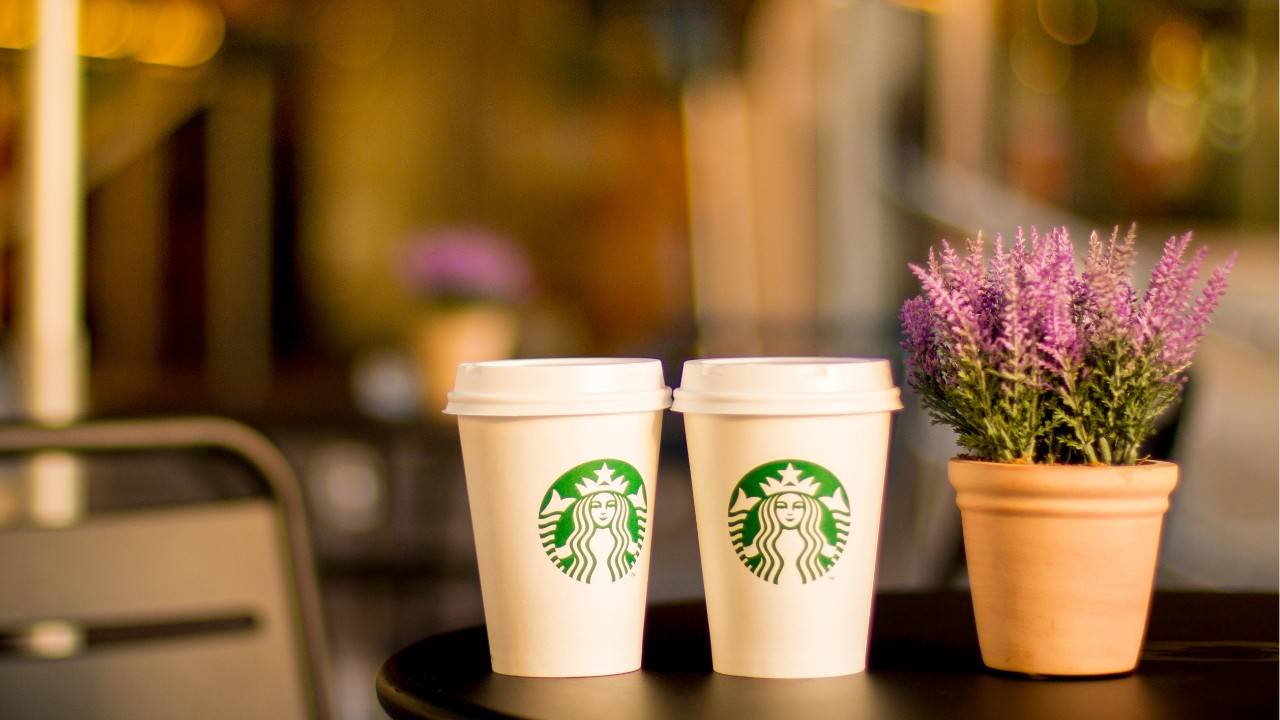Starbucks, the world’s most recognizable coffee brand, is embarking on a transformative journey to overhaul its iconic disposable cup, citing sustainability as the driving force. The company’s initiative is not just a response to the environmental crisis but also a strategic move to align with the growing consumer demand for eco-conscious business practices.
The disposable Starbucks cup, adorned with the emerald logo depicting a longhaired siren, has been a symbol of consumer society for generations, not just in the United States but globally. It has become an accessory, signaling the consumer’s choice of the renowned coffee brand. However, in a world increasingly concerned about sustainability, Starbucks is contemplating the extinction of its disposable cup.
Bethany Patton, a customer at Starbucks, places her pink mug into a compact dishwasher at the counter. After a 90-second cycle, a barista prepares her order—a 16-ounce Starbucks double espresso on ice. “Saving the environment is important and all, but I probably come here more in knowing that I’m going to get a dollar off,” says Patton, a cancer researcher at Arizona State University, highlighting the incentive for bringing her own cup.
According to AP News,
Starbucks’ endeavor to move away from disposable cups by 2030 is a part of its commitment to cut waste, water use, and carbon emissions in half by 2030. “Our vision for the cup of the future—and our Holy Grail, if you will—is that the cup still has the iconic symbol on it,” states Michael Kobori, head of sustainability at Starbucks, “It’s just as a reusable cup.”
This initiative is not merely about environmental conservation; it is intertwined with business imperatives. Disposable products like cups contribute to greenhouse gas emissions, leading to climate change and extreme weather events. Starbucks seeks to meet customers’ rising expectations for companies to be part of the solution to climate change, while also managing the potential risks associated with eliminating millions of paper and plastic cups used each year.
The company is testing various models to encourage the use of reusable cups. At certain locations, customers who don’t bring their own cups are provided with a reusable plastic one, which can be returned in bins around the campus. This approach is being piloted in several stores, aiming to change how Starbucks serves its coffee globally.
However, the road to achieving sustainability is fraught with challenges. It requires navigating technological advancements, collaborating with like-minded suppliers, and gauging the extent to which customers are willing to adapt to change. Starbucks is striving to develop disposable cups that are more recyclable and use less material, while simultaneously moving towards only using reusable cups.
Erin Simon, vice president for plastic waste and business at World Wildlife Fund, emphasizes the need for corporate collaboration and government regulation to bring about significant change. “Not one institution, not one organization, not even one sector can change it on its own,” she asserts.
Starbucks is not alone in its pursuit of sustainability. Several companies, large and small, have been working towards reducing the use of disposable paper and plastic. However, as the largest coffee company in the world, with over 37,000 stores in 86 countries and revenues of $32 billion last year, Starbucks has the potential to induce industry-wide change.
The company’s sustainability efforts extend beyond cups. It has been increasing the amount of recycled material in disposable paper cups and exploring ways to overcome the limitations of using recycled paper material for holding hot liquids. The goal is to have all cups at 30% recycled material in all U.S. stores starting in early 2025.
Starbucks’ commitment to sustainability and its proactive approach to environmental conservation are reshaping its business strategy and operational model. The company’s endeavors provide a glimpse into the intricate process of translating ambitious sustainability targets into tangible results, potentially setting a new standard in the industry and redefining the consumer experience.
More inspiring green news similar to this:

